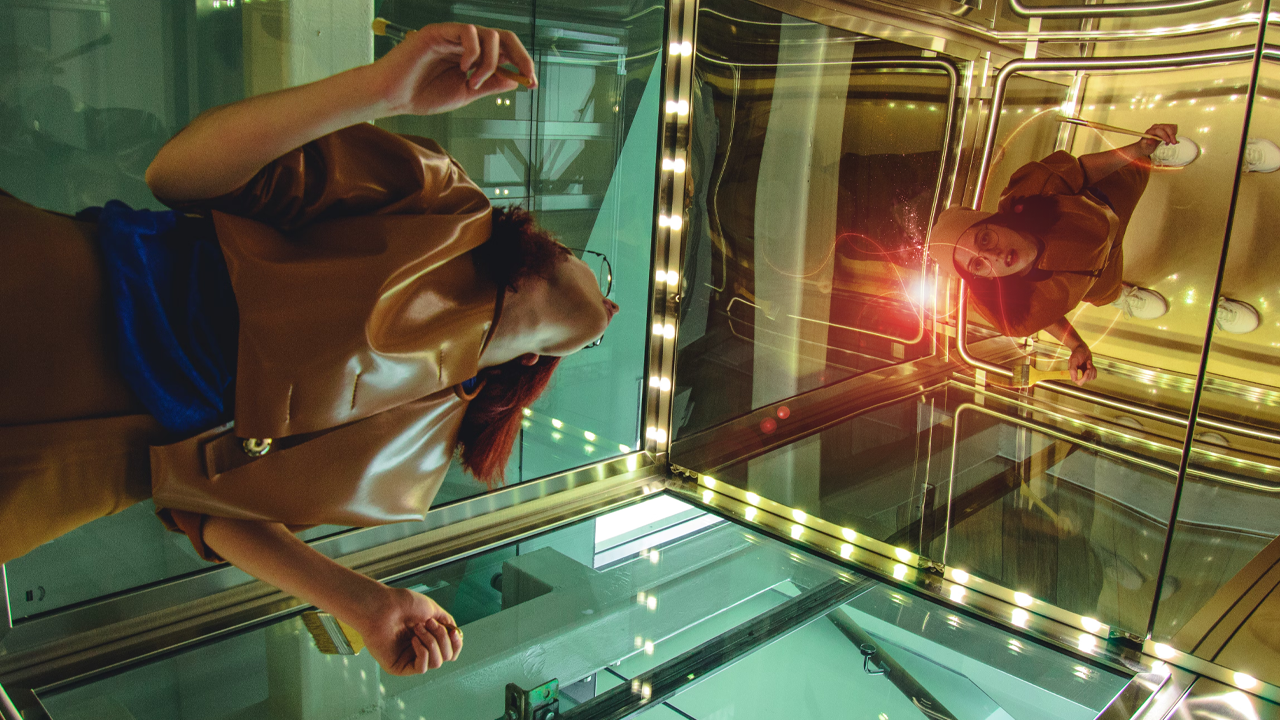Marketers and designers can sometimes seem at odds to one another. Marketing is perceived as very data driven, all about metrics and performance, whereas design is seen as purely creative and visual. These two camps should be at odds with one another, right? Well, I believe that marketing and design work better together than apart. Here’s why.
The Disconnect between Marketing and Design
First, let’s look at where problems between the two disciplines can arise. Primarily, there are two issues that cause rifts between the two – comprehension and communication.
Comprehension
Comprehension is a great place to start, as often designers who don’t work closely with a marketer don’t actually understand what they do or what theirs skills are. And vice versa. A common complaint of designers is that marketers view us as artists – we are not (though we may be artistic). Design and art are different, and while both work in a visual medium, it’s important to understand why. Where art is about expression and form, design is about making people’s life easier, Design is functional, it has purpose, whereas art is expressive. For designers, the final product must solve a problem, but for artists it can just be. Understanding this is vital to how designers and marketers interact, as being asked to ‘just go and be creative’ tends to end with frustration on both ends due to lack of direction.
Likewise, designers need to know that marketers aren’t just number crunchers, but are incredibly creative too! Marketers have to look at trends and data, but they also have to come up with creative campaigns that are distinct and attractive to their market. As such, they tend to have a wealth of ideas that can inspire a designer. Marketers often know more about the design process than designers give them credit for, and this knowledge can be vital to a successful campaign.
This is why communication is the bigger issue.
Communication
Without good lines of communication, it is likely that there will be friction between the two. Designers often think marketers don’t do a good job in briefing them. Marketers often complain that designers don’t do a good job of following the brief. As both of these problems are down to the brief, teams with good communication between each other are more likely to both create and understand a better brief. This ultimately leads to better results as both reams are in sync. Traditional silo models, with both teams working independently, are proving not to work.
Making Marketing and Design Work Better Together
There is an inherent relationship between marketing and design and working to create synergy between the two is important. With the advent of social media, eye catching visuals are massively important to your online presence. But without a strong marketing strategy, visuals alone aren’t enough to attract the right people to your product or service. Equally, no matter how well you’ve done your marketing research and understand your metrics, if you don’t stand out you’re unlikely to be remembered.
As such, it’s important that marketers and designers work well together. Here are a few ways that I’ve found this to work;
Creating a brief together
The creative brief is the guide that designers use to create their work. Often, filling one out with no context is where most confusion begins. As such, taking the time to meet and create the brief together will form more understanding, and even refine the concept further.
Understanding beyond the brief
Both designers and marketers get more if they understand beyond the brief. This means both parties should know the goals and objectives of the campaign, who it is aimed at and what they should be feeling.
Deciding who does what
If time is taken to understand who is responsible for what, fewer misunderstandings are likely to occur. Figuring out who is responsible for copy, research, brand identity etc. before starting the project will lead to a smoother process.
Giving feedback constructive, but not ‘pixel-level’ feedback
The giving and receiving of feedback can kill otherwise well intentioned projects. It’s not the marketer’s job to micro manage the design aspects, instead giving concise, higher concept feedback such as general tone and visual presentation. Likewise, it’s important to give good feedback that can be actioned – the term ‘I’ll know it when I see it’ kills my creativity, and actually makes me lose respect for the marketer. Likewise, a designer who feels above constructive criticism is not worth working with. A great way to give feedback is to ask questions – a great designer will be able to explain their process and decisions.
Building trust
It’s not just about the work, but also about the people. Understanding and trusting in each other’s specialties can create a tighter bond, where both parties can do their jobs knowing the other will understand their process.
Conclusion
Communication between marketers and designers is key to success. It’s never about one having power over the other. For a projects to be their best, there needs to be trust and mutual respect. As such, having a good relationship is vital. Marketers will work with favoured designers, and vice versa.
Taking the time to get to know each other is essential. Building this relationship makes every stage of a project easier. Working in this way creates better campaigns, designs and produces better results. And at the end, this makes for happier clients. Both marketing and design are about communication, so having building good relationships between the two naturally produces clearer results.
There’s nothing more important to both marketers and designers as the results. As such, they have a symbiotic relationship and their roles are naturally entwined. Marketing and design work better together because it prevents misunderstandings and improves creativity, creating better results.
Are you a marketer looking for a design partner? Book in for a free discussion here and see if we’re a good match.
Do you want to be updated on my latest news? Click here to subscribe to my newsletter and get more blogs right to your inbox, or follow me on Medium.






